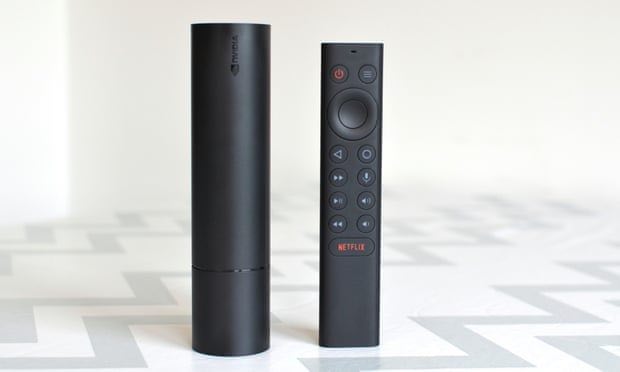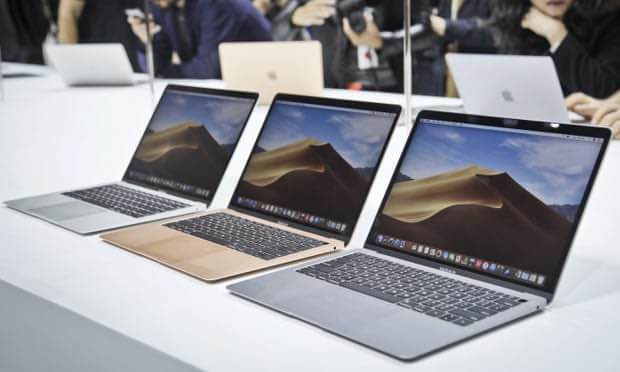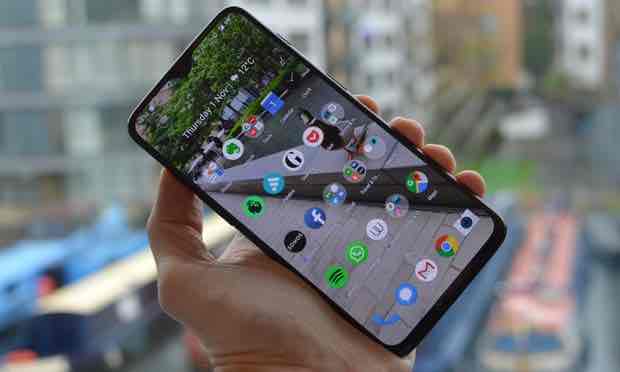Johnny’s 13-year-old daughter needs a new PC for Adobe’s Premiere Pro costing about £1,000. What are the options? This article titled “What’s the best PC for video editing for £1,000?” was written by Jack Schofield, for theguardian.com on Thursday 29th August 2019 07.00 UTC My 13-year-old daughter is showing a real interest in, and talent for, video editing. We got her a student subscription to Adobe Creative Cloud so she could learn and use After Effects and Premiere Pro. Our three-year-old laptop is just about coping with the demands of the software, but as she becomes more proficient, I know it will struggle or give up entirely. What would be the best solution – either laptop or desktop – that will also last a good few years? Our budget is around £1,000. I was considering building a PC to suit, but not sure if this would be a step too far. Johnny There is a growing interest in video editing, possibly because video is becoming ubiquitous, and cheap. You no longer need to buy a video camera, a projector, a screen and a cement splicer, which is how we edited home movies in the old days. Most digital cameras and smartphones can now shoot video, and GoPro-style “action cameras” and drones are generating tons of the stuff. Most cheap computers can edit and display videos, because video decoding is now built into the processor. Just look for Intel’s Quick Sync. It’s easy to do simple video editing, such as “topping and tailing” a YouTube video and adding titles, but serious post-processing work can use all the power you can afford, simply because of the time taken. If your PC takes a couple of hours to render a video, you’re not going to try a lot of options. If it takes a couple of minutes, you will. In fact, some pros build “render farms” to do jobs that can take too long on a PC, such as 3D work and After Effects. Their time is money. Processor choice Buy the fastest processor you can afford, and in general, the more cores the better. Most people do not need a fast processor most of the time, but when I’m processing videos, all six cores in my Core i5-8400 run at close to 100% for extended periods. I could certainly use more. Not so long ago, “dual core” chips were a thing, and then we got cores that could run two threads at once. Today, Intel’s Core i9-9900K and AMD’s Ryzen 7 2700X have eight cores and 16 threads, while the Ryzen Threadripper 2 2990WX has 32 cores and 64 threads. For most purposes, including video editing and gaming, it’s generally better to have faster cores (more GHz) rather than more slower cores. For consumers, eight is a very good number. The eight-core Intel Core i7-9700 is the first choice at this level. The older Core i7-8700K and the classic Core i7-7700 still perform well if you can get them at a discount. From the AMD Zen range, the Ryzen 7 2700 and 2700X (both 8C/16T) seem to be good value, while the Ryzen 5 2600 and 2600X (both 6C/12T) offer lots of threads for a low price. Notebookcheck’s comparison of mobile processors provides a rough guide to the relative performance of more than 1,400 processors. Something in the top 25 would be great, if you can afford it. Something in the top 60 should be OK, bearing in mind that my cheap (£170) Core i5-8400 is still in 37th place, until Intel’s 10th-generation Comet Lake chips push it down a bit. (A 32-core Threadripper is about £1,500 and absolutely not worth the difference.) I’m all in favour of AMD Ryzens, but Puget Systems’ bench tests show that Intel’s QuickSync gives it the edge for Premiere Pro users. Definitely desktop If you have room for a desktop tower, it is by far the best choice for video editing. Towers have the space and cooling to run hot, fast chips. By contrast, laptops use special low-power chips designed to generate less heat. These start slower and may still be throttled for overheating. For example, the Core i5-2500 processor I bought in 2011 is still slightly faster than a Core i7-8550U or Ryzen 5 2500U from 2017, and probably hammers this month’s 10th-generation Intel Core i7-10510Y. The U is a clue. My i5-2500 ran at a TDP of 95W, whereas today’s U-type chips are designed to run at 15W in laptops. The Core i7-10510Y runs at a miserly 7W. The desktop tower’s other major advantage is that it’s easy to upgrade by adding more memory, storage and better graphics cards. It’s harder to change the processor, and new Intel CPUs often need new support chips, which means a new motherboard. (AMD can be a bit kinder.) Video editing also benefits from having lots of memory (RAM) and at least two fast storage devices. For professional editors, 32GB is not a lot of memory, but it’s the sensible minimum. For beginners, 8GB is the minimum, as long as you can increase it to 16GB or 32GB later. For storage, you need both speed and space. SSDs are fast, but big ones are costly, so it makes sense to have two drives. Project source files should be on the fastest 256GB or larger SSD, preferably M.2. You can write files to a slower device, such as a 1TB or larger hard drive. Graphics cards vary from pointless to indispensable, depending on the software you are using, and what you are doing with it. Historically, the best Quadro cards for running Premiere Pro have been expensive. Happily, most people can now use GeForce cards designed for the gaming market, where sales volumes are high and competition drives down prices. In fact, this applies to whole PCs, where some gaming rigs can now compete with workstations. Where to buy There are three obvious sources. First, you could buy a desktop PC from one of the major brands such…
Read more on: http://newsrule.com/whats-the-best-pc-for-video-editing-for-1000/









